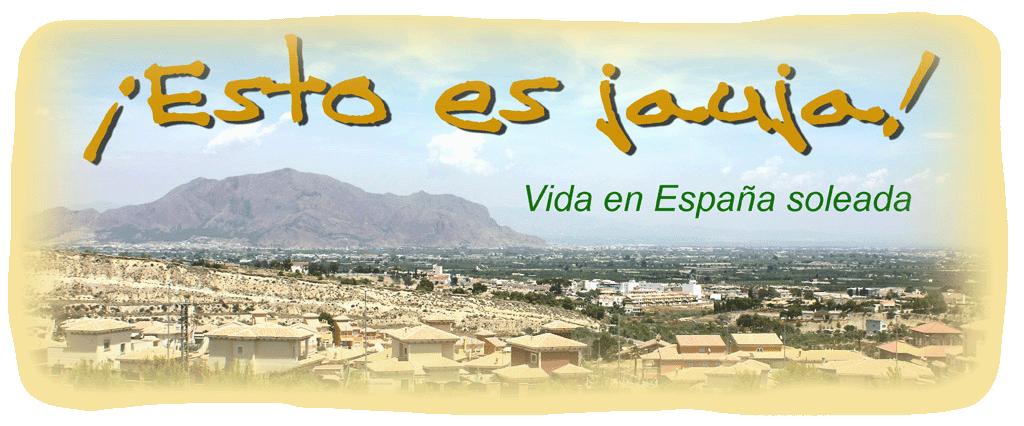This report from El Pais paints a less than encouraging picture of the vaccine rollout in Spain.
Organizational problems are hampering Spain’s Covid-19 vaccination drive. While the country at one point was administering nearly all of the vaccines that were delivered, this is no longer the case. As more doses have arrived and the Oxford-AstraZeneca vaccine has been integrated into the program, the difference between the number of jabs received and those administered has grown. Healthcare representatives say this is largely due to organizational problems. While the first phase of the vaccination drive targeted staff and residents in care homes, as well as frontline health workers, who are easy to locate and bring together, the next stage has been extended to essential workers under the age of 55 and people 80 years and over, which is presenting logistical challenges.
Although the regions – which are responsible for handling the response to the pandemic and the Covid vaccination drive – have launched this next phase at different speeds, the overall trend is clear. On February 2, Spain had administered 94% of all Covid doses it had received. This figure fell to 90% on February 9 and to 87% on February 23. Last week, it dropped again to 75%. The figures from last week are the most recent as Spain has not yet had time to administer the last shipment of Covid vaccines: 886,880 new doses, the largest delivery to date. It won’t be known until next Tuesday whether Spain’s vaccination drive is slowing down or picking up after starting the inoculation of the next priority groups.
The difference between the number of doses delivered and those administered is greatest with the AstraZeneca vaccine, which was approved after the candidates from Pfizer and Moderna. The Spanish Health Ministry decided to only use the AstraZeneca vaccine on people between the ages of 18 and 55, due to the lack of clinical evidence of its effectiveness in older demographics. This meant it needed to push forward a new priority group: essential workers, such as teachers, law-enforcement officers and firefighters, under the age of 55. On February 23 (the last day with comparable data), Spain had administered 95.5% of the doses from Pfizer, 70.8% from Moderna and just 33.7% from AstraZeneca.
On Thursday, Madrid began vaccinating essential workers in the Wanda Metropolitano stadium and people 80 years and over in healthcare centres. But the process has been mired in confusion, with nursing and doctors unions complaining of “improvisation and chaos.” These unions say the region sent out an out-of-date list of patients to be vaccinated, which included the names of the deceased. The Health Minister also says that the region continues to use syringes that cannot extract the sixth dose contained in each vial of the vaccine, meaning doses are continuing to go to waste.
Of course, the rollout in the UK will slow down as those that had the first shot of vaccine pass the 12 week point and require a second dose. In other words, the available vaccines will be required to provide full protection rather than inoculate more and more people. Over 19 million have had the first dose but only 760,000 the second dose. The seven-day average for first doses is about 348,000 doses a day.
The Spanish Government currently estimates that they will be able to supply as many as 8.1 million doses per month during the spring. Let's hope they are right and perhaps more important, they get the doses available into people's arms.

No comments:
Post a Comment